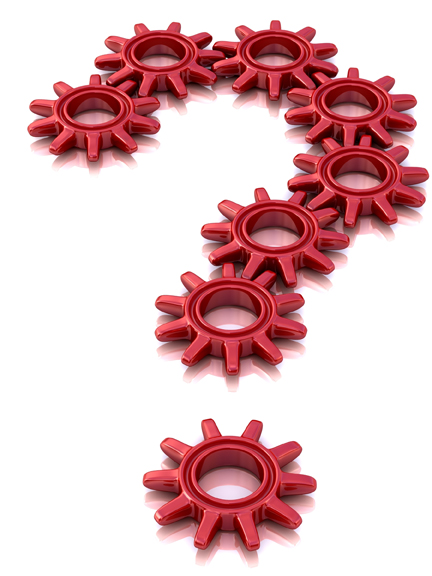It doesn’t take much to uncover the biggest issues facing the healthcare sector. It’s likely something covered in today’s news. Price pressures have trickled down throughout the sector—leaving no aspect of the vast system, which accounted for 17 percent of the U.S. gross domestic product in 2015, untouched. Skyrocketing costs and reductions in government reimbursements have created challenges throughout the ...
Read More »Author Archives: Robin Lamerson
Uncertainty and Downside Risks to Growth for Material Handling
There have been three red f lags highlighting downside risks to growth and the U.S. economy for the better part of a year: manufacturing, energy and finance. These red flags were the impetus behind my recent book, Recession-Proof: How to Survive and Thrive in an Economic Downturn. Interestingly, these were also three of the main downside risks to the global ...
Read More »What to Ask When Shopping for Ergonomic and Safety Equipment
When there are ergonomic issues in a plant, there are most likely production bottlenecks, waste or even lost time injuries. Since there is usually more than one way to solve a material handling (MH) problem, finding the best ergonomic solution and/or safety equipment is an investigative process. Here are some simple steps to start that process: 1. Ask yourself, “In ...
Read More »Accelerating Real-World Supply Chain Solutions Through Collaboration
If the sharing economy came to supplier/vendor-customer relations, the speed of product development based on rapid information transfer would dramatically rise. The typical approach to research and discovery by those seeking a clear path towards a procurement decision is often built on existing relationships and less on spreading a wide net for thought leaders, and much less on collaboration opportunities. ...
Read More »The Shared Economy and the Omnichannel Supply Chain
B2B, distributed inventory networks and “less than truckload” shipping: Could uberization of the supply process be next? “We have seen the advent of the sharing economy explode—the concept that companies don’t necessarily need to own the entirety of their supply chain,” says David Schwebel, MHI manager, solutions and product groups at MHI. “Consumer’s demand fulfillment immediacy will steadily shift omnichannel verticals ...
Read More »Not Your Grandfather’s Lift
While there are many standard lifts being manufactured by the industry, there are also applications using lifts that the industry may not think about. Today, it is not just about palletizing and de-palletizing. Recently, MHI Solutions spoke with lift manufacturers and asked them how day-to-day use of lifts has changed. Bob Clark, vice president of sales for MHI member Bishamon, ...
Read More »Intelligent Robots Offer a Competitive Edge
The use of automation and robotics in the supply chain is not new, but it is increasingly identified as both a disruptive force and a competitive advantage by supply chain leaders. In the 2016 MHI Annual Industry Report, 51 percent of survey respondents said the technology has the potential to disrupt the industry and offer an advantage to companies that ...
Read More »3D Printing Will Disrupt Manufacturing as Adoption Rates Rise
3D printing is a “game changer” for manufacturing, but its real impact on supply chains will take years to play out, experts say. According to the 2016 MHI Annual Industry Report, Accelerating change: how innovation is driving digital, always on supply chains, only 17 percent of nearly 900 supply chain professionals surveyed said they believe that 3D printing can be ...
Read More »Predictive Analytics
The concept of predictive analytics is one that sends many to thinking of the future. Not so for Randy McClary. He’s quickly reminded of the past. As a champion of the theory of disruptive innovation—when a new idea is so much better than the traditional way of doing things that it completely displaces the old—what comes to mind for McClary ...
Read More »Sensors and the Industrial Internet of Things
In 10 years’ time, there will be more than 100 billion people, devices and systems connected to the Internet of Things, and each connected device will be equipped with dozens of sensors, says Boris Felgendreher, director of marketing, EMEA, GT Nexus. “You have big data and cloud platforms and the Internet of Things all coming together at the same; it’s ...
Read More » MHI Solutions Improving Supply Chain Performance
MHI Solutions Improving Supply Chain Performance









